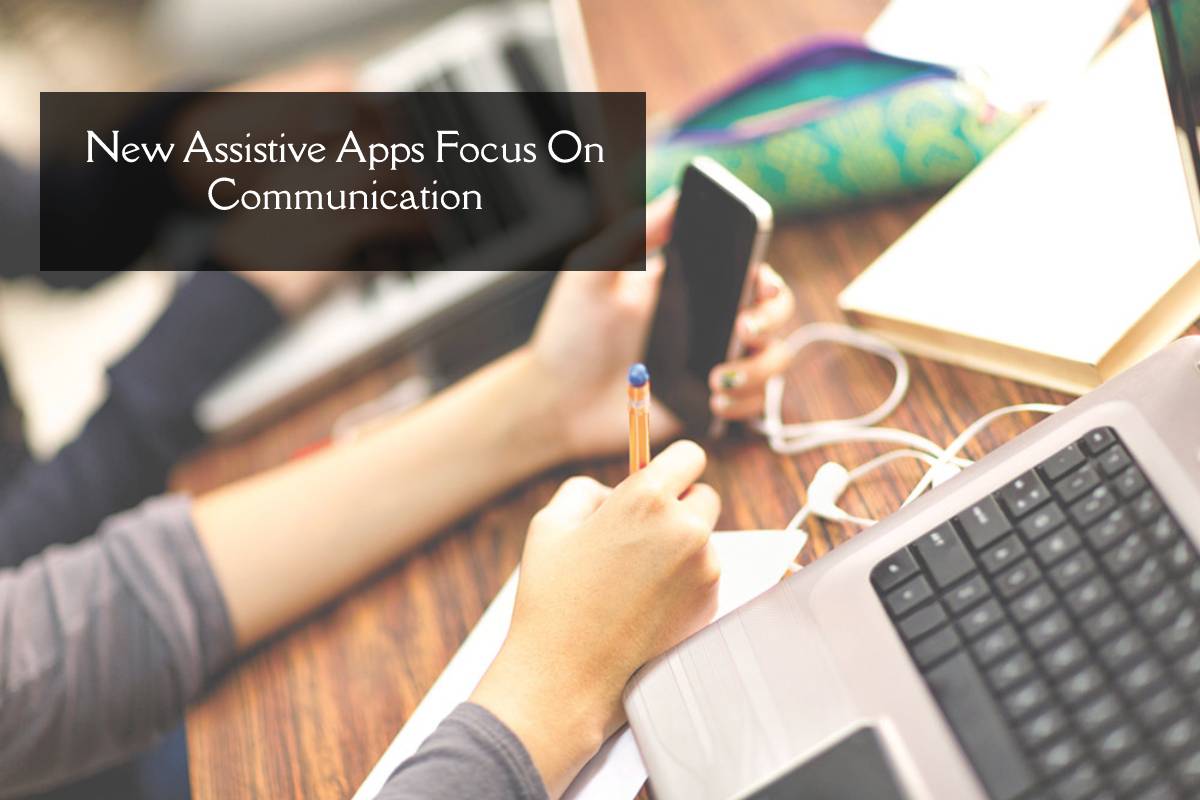Communication – It is estimated that 1 billion people across the globe need to use assistive technology, according to the World Health Organization. Technology has managed to transform industries, so it is worth considering what sort of innovations are coming up in the field of assistive technology. As it turns out, new assistive apps are heavily focused on communication.
Eye-Powered Look To Speak
Communication barriers are commonly experienced by those with disabilities, according to the Centers for Disease Control and Prevention (CDC). The CDC goes on to say that speaking, reading and writing are critical modes of communication that can be hampered by a disability. To help combat this, the app called Look to Speak was recently launched by Google. Its assistive software helps a person with a disability to use their eyes to pre-select phrases and have their device speak it out loud on their behalf. Compatible with Android 9.0 and above, Look to Speak aims to become readily available in the near future.
Voiceitt And Amazon’s Collaboration
A study of 82 children with cerebral palsy found that 28% of them had a severely impaired speech capacity, with some of them incapable of speech at all. Social support networks are key for individuals with cerebral palsy, and to help them communicate, Voiceitt and Amazon recently announced their collaboration. Voiceitt makes use of machine learning and speech recognition to aid people with disabilities to communicate and be understood. Amazon will now have Voiceitt integrated with their virtual assistant Alexa to make it more accessible to a wide range of households. Their test batch included individuals with cerebral palsy, and has yielded positive results regarding smooth communication between parties.
Google’s TalkBack
In late February this year, Google announced a new version of their TalkBack screen reader. Their screen reader can help individuals read a wide variety of text, sentences, and blocks of text. What makes this app’s recent version better than previous incarnations is that its multi-touch gestures make it a lot easier to use if you have limited mobility. Google also included the ability to customize TalkBack’s controls and menus, making for a more personalized experience for users. This is helpful in both communication and developing the feeling of independence.
Technology has certainly made its mark in improving the communication abilities of those with disabilities. There are other apps that can help in other tasks and activities that can significantly improve quality of life. It would be in the best interest of those with additional needs to pay close attention to what other innovations will pop up in the next few years – there’s no predicting what could come next.

